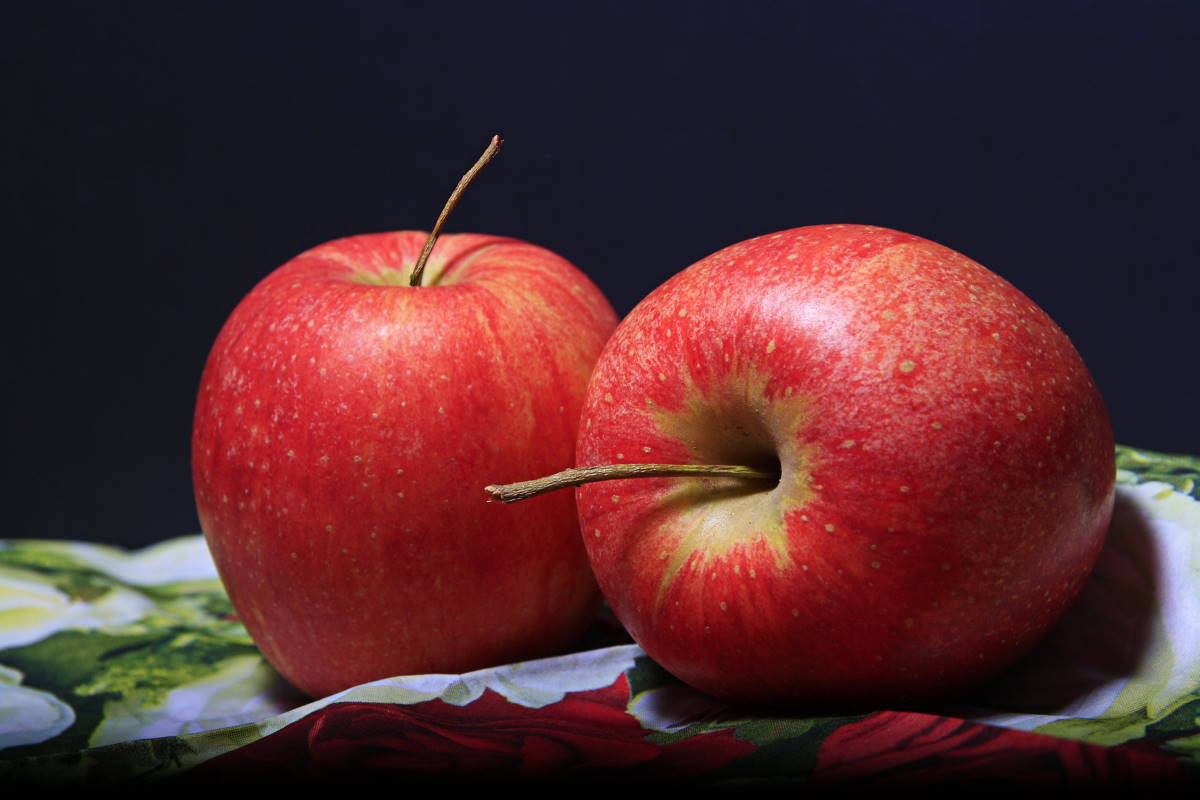
Sorbitol and mannitol are types of sugar alcohols, also known as polyols. They are naturally found in a range of fruit and vegetables, and can also be added to diet versions of food and drinks. Some of us have intolerances to sorbitol and mannitol, here’s everything you need to know….
Sorbitol and mannitol are types of sugar alcohols, also known as polyols. They are naturally found in a range of fruit and vegetables, and can also be added to diet versions of food and drinks. Some of us have intolerances to sorbitol and mannitol, here’s everything you need to know….
Sorbitol and mannitol are types of “sugar alcohols”, also known as polyols. They are naturally found in a range of fruit and vegetables, and can also be added to diet versions of food and drinks.
Polyols (sorbitol and mannitol) are poorly digested by many people. These sugars are partly absorbed into the blood by passive diffusion in the small intestine. A person’s transit time (how long food stays in the digestive tract) and the molecular size of the sugar will influence how much is absorbed.
Due to their very small size, these sugars have the ability to draw water into the small intestine (this also can happen with undigested fructose and lactose), resulting in watery diarrhea. After that, undigested sorbitol or mannitol will finally reach the large intestine, where the gut microbes will start to break them down into gases (like hydrogen) and other beneficial fermentation products (like Short Chain Fatty Acids – SCFAs).
Even small doses of sugar alcohols can result in diarrhea, bloating, and increased flatulence, in particular in people with IBS. It is important to identify your unique tolerance, as this can vary considerably from person to person.
If you suspect that you have an issue with sorbitol or mannitol, you can use breath testing to measure your intolerance. You can find out more about the FoodMarble breath analysis device and app here.
We also have a “6-week discovery plan“, which you can use with the breath analysis device to find which foods suit you best. In 6 weeks you will test your tolerance to 4 hard-to-digest food components (FODMAPs); lactose, fructose, sorbitol, and inulin. You’ll get guided through the whole process using the app.
Examples of vegetables containing sorbitol
Examples of vegetables containing mannitol
Examples of fruits containing sorbitol
Examples of fruits containing mannitol
FoodMarbles FODMAP Testing Kit is a great way to find the foods that are right for your body. If you are looking to find the root cause of your digestive issues check out our AIRE device and FODMAP Testing Kit.

PhD Microbiologist


